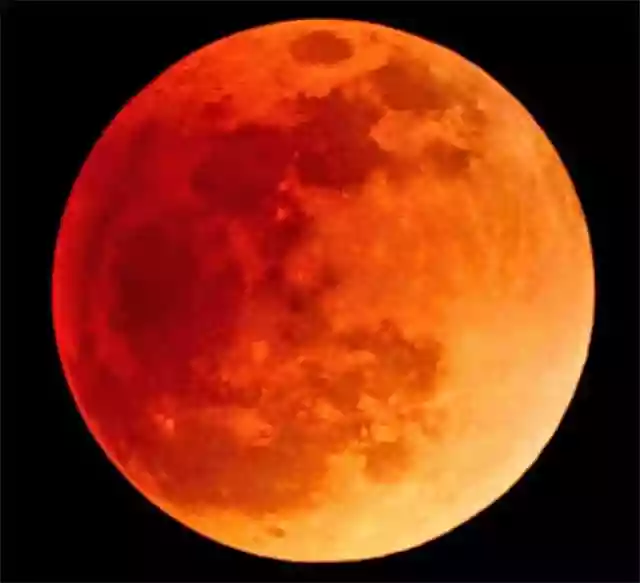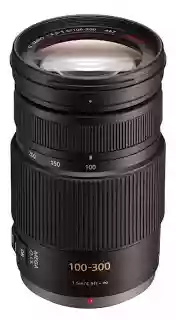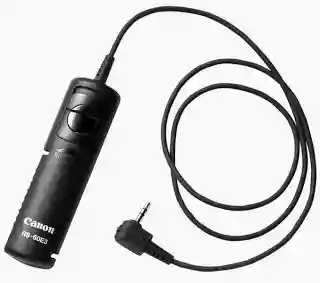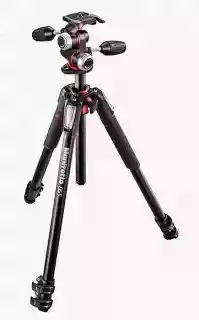- Call us: 01444 237070
- Contact Us
- Stores
- Sign In / Register
-
- Back
- Used Cameras
- Used Accessories
- Used Lenses
- Used Video
- Used Film Equipment
- Used Stock Alert
- Used Blank Test
- Sell or Part Exchange
- Used Clearance
- Recently Added Used Equipment
- Park Picks
- All Used Black Friday Deals
- Faulty
- Trade-In
- Blog
- New in
- Call us
- Contact us
- Stores
- Sign in
- Categories
- Tips & Inspiration
- Reviews
- News
- Events
- Features
- Buying Guides
- Competitions
Lunar Eclipse tonight how to capture it
There is a Lunar eclipse tonight, which should be visible in the UK, between 7:00 to 9:30pm.
Hopefully, if the weather is clear, then conditions should be ripe for capturing this spectacular event.

During this time, the Earth will start to pass between the moon and the sun, until it reaches the point when the total eclipse will begin.
As the Earth's shadow falls across the surface of the moon, it will turn a deep red.
So, what is the best way to capture the event?
Then, if possible pick an area to shoot from well away from artificial lights - any light from street lamps etc will 'pollute' the atmosphere and not be helpful in capturing your images.
If you want to capture the complete circle of the moon, then around a 600mm lens in 35mm terms is what you need - so around 400mm in APS-C and 300mm in Micro 4/3rds.
Of course, you may want to show the moon as part of a bigger picture - a landscape for instance - in which case a wider lens would be appropriate.

A sturdy tripod is pretty much essential and the use of a remote control will help to eliminate camera shake. If you don't have a remote release then consider using the self-timer on camera where the shutter fires 2-10 seconds after you push the shutter release - this will eliminate any camera movement caused by pressing the release.

Alternatively, you could go more hi-tech and use a CamRanger Wireless Camera control, which provides wireless live-view, image capture (still or video), camera control, touch focusing, interval control and image transfer, all via your iPad, iPhone or iPod Touch. This has an operating range of 50 metres, but is currently only compatible with Canon or Nikon DSLRs.

As for exposure, if you have a clear view of the moon before the eclipse you should be able to take an exposure reading or test exposures to get the correct settings. You don't need to stop down your lens for depth of field so try to set a reasonably fast shutter speed.
It may be worthwhile shooting in manual exposure mode and fixing the exposure so that your camera metering is not affected by the dark shape moving across the bright moon.
We would suggest also bracketing you exposures - shooting pictures over and under the suggested exposure to be sure you have one with perfect exposure.
Consider also taking a series of shots a few second apart - a Time-Lapse sequence. Some cameras have a Time-Lapse facility built in which is handy for this situation.
A great idea would be to take a series of shots and then merge them all together in sequence so you have the full moon as your first shot, then the eclipse gradually developing then receding back to a full moon again.
Search for Lunar eclipse with your web browser and look at the many images which come up for inspiration on how to capture this event too!
Of course, capturing a great shot is weather dependent. However, if the sky is clear and you get a great shot, why not share it with us on our Facebook or Twitter pages? We’d love to see your results.
Steve
Park Cameras
Here is a list of our current Astrophotography blog posts with further reading for photographers who love shooting nights.
- How to photograph the supermoon - read this one soon to catch the April 2021 Pink Supermoon.
- Astronomy gear for Jupiter and Saturn - buying guide for which cameras and lenses will get the best results for our planets
- Quick start guide to Astrophotography - an excellent starting point for getting into Astro.
Share this post:
By Park Cameras on 27/07/2018

Trade in your old equipment
Fast and easy trade in service ensures your old gear is collected efficiently and you are paid quickly! It's very simple to trade in your unwanted photography gear. Just head over to our dedicated Sell or Part Exchange page, fill out the details, and we'll get back to you with an offer for your old gear. Take the cash, or put it towards the cost of your new gear. It's up to you! Find out more
sign up to the newsletter
Keep up to date on the latest photography news, events and offers. Sign up now
